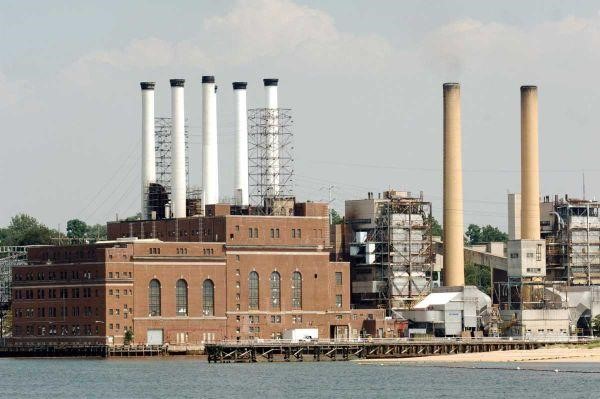LIPA Stacks on Hemp Harbor No More
The Long Island Power Authority’s decision to shut down the expensive and antiquated power plants in Glenwood Landing, on Nassau’s North Shore, and in Far Rockaway, Queens, on the South Shore, should have been made years ago. That it’s finally being done is a promising sign that the public utility is at last putting efficiency and cost-cutting above politics.
LIPA estimates the closings, which it negotiated with National Grid, the owner and operator of the plants, should save it $76 million in the next three years. These 1950s-era steam-based generating plants, which together provide less than 2 percent of the Island’s power, were built on sites that for more than a century have been sources of power for Long Islanders. Glenwood ran only 45 days in 2010; Far Rockaway, which started making power in 1953, ran a few days more.
Still, ratepayers paid almost $20 million annually in taxes on the facilities, which are assessed at many times more than their book values. Though the plants are little-used, as long as their potential to make power was counted toward the state standby requirement, LIPA had to pay millions to Grid in “capacity charges.”
Other benefits from the closings, expected by June 2012, are the reduction of harmful emissions, always higher with older plants, as well as avoiding the need to comply with new and costly environmental regulations to protect fish eggs from getting trapped in the water-intake system.
For too long, LIPA refused to confront the obvious about its older and costly plants. As a result, a public utility is now the largest payer of taxes on Long Island. But it’s really all of us, because the $500-million annual cost of state and local taxes and assessments is passed along to ratepayers. Communities hosting these plants deserve some compensation, but a system in which all customers subsidize just a few is no longer defensible.Undoubtedly, the closing of the Glenwood Landing plant will cause significant pain, particularly for the North Shore School District, which gets $14 million annually in taxes. To ease the transition, LIPA has agreed to continue payments though May 2013. That’s fair.
And the five peaking turbines that will remain on three acres of the Glenwood site are still taxable — as will be the other three acres of waterfront land on Hempstead Harbor, opposite Bar Beach, which will be sold by Grid after it dismantles the plant and cleans up the property.
The plant closings are evidence of two new directions for LIPA: its determination to reduce its tax burden and to find new energy sources. Last year, along with Grid, it challenged the assessment on the two war horses of the system, Northport and Port Jefferson, claiming the assessments don’t match their value.
And LIPA has already started the process to replace the 333 megawatts that were available from the two soon-to-be-shuttered plants. In February, it solicited proposals to build up to 2,500 megawatts of new power. While it may not need all that much juice in the near future, LIPA will have to decide soon on whether to buy some additional power from on-island plants, import it through new cables, or rebuild the turbines at Northport and Port Jefferson.
In choosing replacement power, LIPA should stay on its new course, putting good policy ahead of politics.


